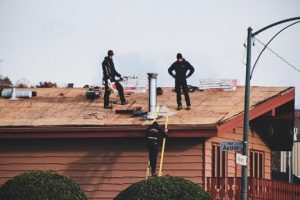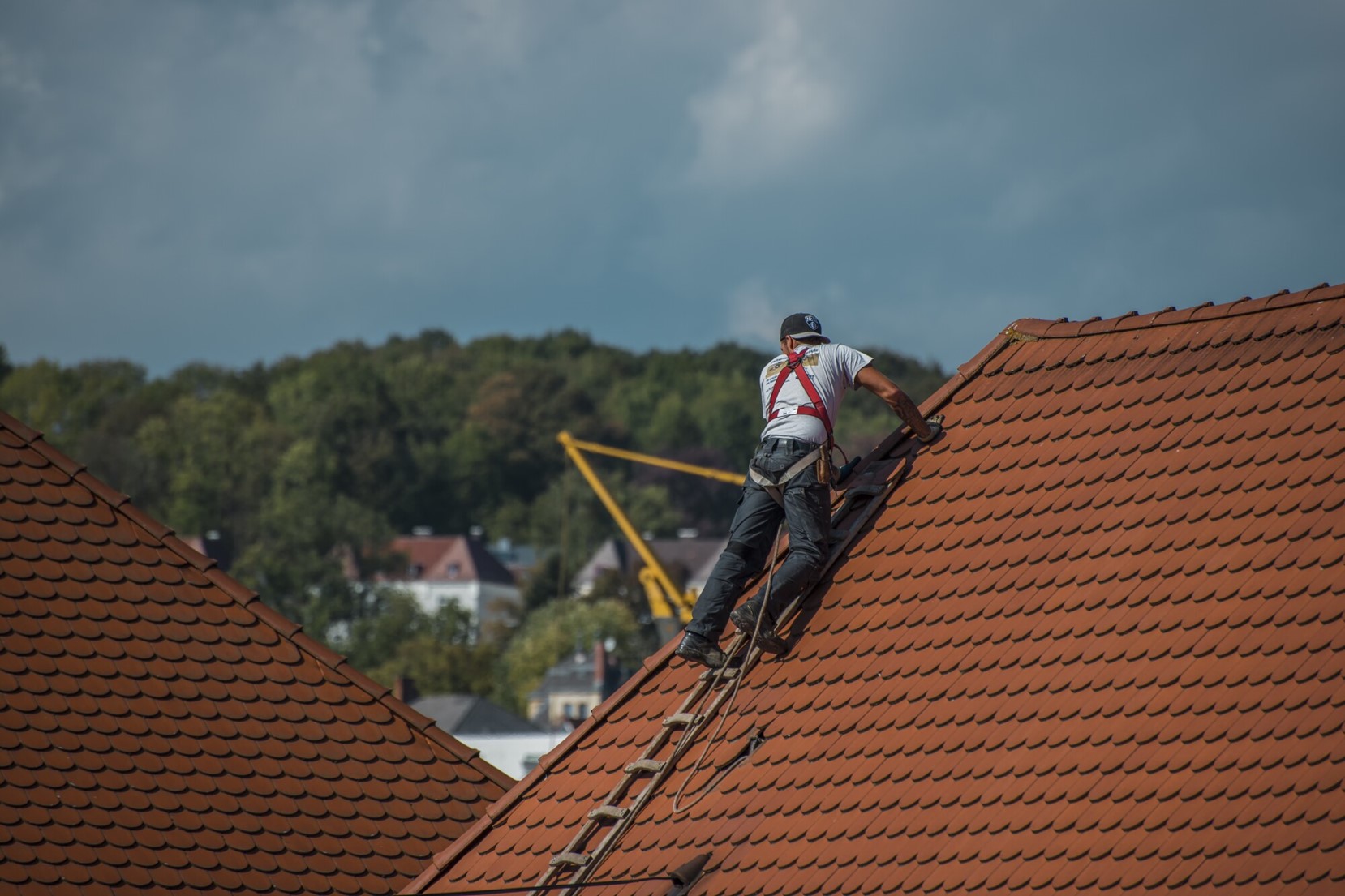Your roof is one of the most essential parts of your home, providing protection from the elements and contributing to the structure’s overall stability. However, like any part of your home, roofs are subject to wear and tear and can develop various problems over time. Understanding common roofing problems can save you from costly repairs and help maintain your home’s safety and value. This guide explores some of the most common roofing issues and provides potential solutions to keep your roof in top condition.
Leaks and Water Damage
Water leakage is a common and severe roofing problem homeowners face. Water can lead to mold and even structural damage over time. Roof leaks can be caused by worn-out underlayment. Water can also enter through cracked chimneys, skylights, or vents. The best way to address leaks is to find the source of the problem. Check around chimneys and skylights, and ensure the flashing is sealed correctly. If the issue is localized, patching or replacing the affected area may be enough. Consider looking for a roofing company to perform a more comprehensive repair or replacement for widespread leaks. Remember, even a tiny leak can lead to significant damage if not addressed promptly.
Damaged or Missing Shingles
Shingles serve as your roof’s first line of defense, protecting it from rain, wind, and sunlight. However, over time, shingles can become damaged or disappear, especially after storms or heavy winds. Harsh weather conditions can break, crack, or dislodge shingles. Prolonged exposure to the sun’s UV rays can also cause shingles to deteriorate and lose their protective granules. If you notice damaged or missing shingles, it’s important to replace them as soon as possible. However, if a large section of your roof is affected, you may need to replace the entire roof.
Flashing Issues
Flashing is a thin material, usually metal, installed around roof joints, chimneys, skylights, and vents to prevent water from seeping into the seams. Damaged flashing can lead to water leaks. Flashing problems often arise from poor installation, corrosion, or wear and tear over time. Severe weather conditions can also cause flashing to become loose or dislodged. Inspect the flashing around any roof openings or joints for signs of damage, rust, or displacement. If the flashing is loose or damaged, it needs to be resealed or replaced. Properly installed and sealed flashing is essential for preventing water intrusion, so it’s recommended to have a professional handle this repair to ensure it is done correctly.
Clogged Gutters
Your gutters are critical in directing water away from your roof and home. When gutters become clogged, water can back up and pool on your roof. Over time, this water can grow mold and damage your roof’s structure. Clogged gutters are typically the result of debris accumulation, especially in the fall when leaves are more likely to clog the system. Poorly designed or improperly installed gutters can also contribute to drainage issues. To prevent clogged gutters from causing roof damage, clean your gutters regularly, especially after heavy storms or in the fall. Installing gutter guards can prevent debris from accumulating and make maintenance easier. Ensure your gutters are correctly sloped to direct water away from your home’s foundation and roof.
Poor Ventilation
Proper roof ventilation can help maintain the longevity of your roof and the comfort of your home. Inadequate roof ventilation is often the result of improper attic design or insufficient venting systems. Older homes may have outdated ventilation, while newer homes might have poor ventilation design. Ensure your attic has proper intake and exhaust vents to fix ventilation issues. These vents allow air to circulate and help maintain a consistent temperature in the attic. If you need help determining whether your roof is adequately ventilated, consult a professional roofer to assess the situation and recommend improvements.
Ice Dams
Ice dams are a winter roofing problem that occurs when snow melts on the upper part of the roof and refreezes at the roof’s edge. This creates a dam that leads to water seeping under shingles, causing leaks and water damage. Ice dams form when the roof’s temperature is uneven—usually because of poor insulation or ventilation in the attic. The warm air from the attic causes snow on the roof to melt, while the cold edges cause it to refreeze. Improving your roof’s insulation and ventilation is the key to preventing ice dams. Keep your gutters clean and clear of debris to allow proper water drainage during the winter months. If ice dams have already formed, carefully remove snow and address the underlying ventilation issues to prevent future problems.

Awareness of common roofing issues—such as leaks, damaged shingles, flashing problems, and clogged gutters—can help you catch problems early and prevent them from worsening. For larger or more complex roofing issues, it’s always a good idea to consult a professional roofer to ensure that repairs are done safely and effectively. By staying proactive, you can keep your roof in excellent condition and avoid the headaches of major repairs down the road.

